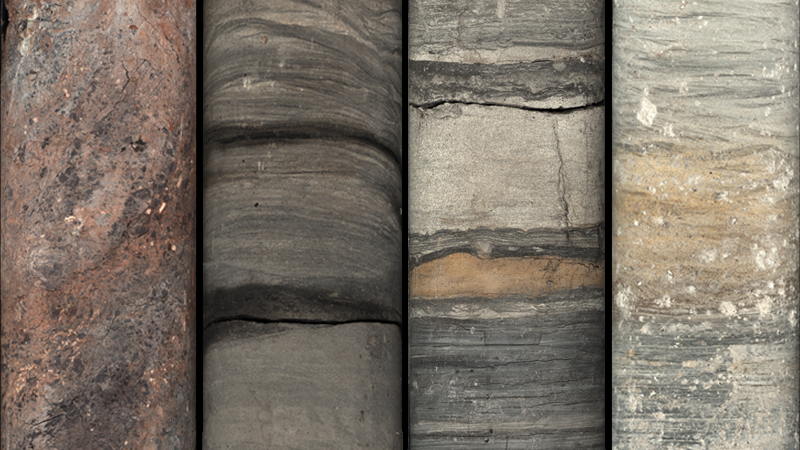
Data from the Glasgow Geoenergy Observatory will help scientists understand the subsurface better and further research on how heat using warm water from abandoned mines could be used as a renewable energy source for homes and industry.
While the Glasgow Geoenergy Observatory officially opened on Monday during a virtual event, it has been supplying scientists with open access data since drilling began in 2018.
Scientists from around the world can now apply and use the facility from March 2021, in line with Covid-19 restrictions.
British Geological Survey executive director Dr Karen Hanghøj said: “The data from Glasgow’s abandoned mines will help us understand the processes and impacts of a mine water heat source and potential heat store as a sustainable way of heating homes and businesses in our cities.
“Over the next 15 years, the network of boreholes will monitor any changes in the properties of the environment below the surface and help close the knowledge gap we have on mine water heat energy and heat storage. There is no other publicly-funded observatory like this in the world, and it is very fitting that it is located in Glasgow, which will host COP 26 next year.”
The Glasgow Geoenergy Observatory comprises 12 boreholes, which are 16-199m deep and fitted with 319 sensors.

US Tariffs are shifting - will you react or anticipate?
Don’t let policy changes catch you off guard. Stay proactive with real-time data and expert analysis.
By GlobalDataWith central Scotland, northern England, and south Wales all experiencing flooding of abandoned mines that could be tapped to supply communities or industries with heat, the new UK Observatory can use its capabilities to provide further information about the subsurface.
Existing issues with the adoption of geothermal energy have so far centred around the uncertainty over resource availability, high initial costs, and long-term investment.
In response to the obstacles, the Geoenergy observatory along with plans for more sites represents a £31m investment by the UK government through the Department for Business, Energy, and Industrial Strategy, commissioned by UK Research and Innovation’s Natural Environment Research Council and delivered by the British Geological Survey.
The Natural Environment Research Council executive chair professor Sir Duncan Wingham said: “The Glasgow Observatory is the first of our UK observatories that will create a high-resolution understanding of the underground system, providing a breakthrough in our knowledge of what lies beneath us.
“Heat from mine water is one form of geothermal energy, and it has great potential to help the UK decarbonise its heat supply and meet net-zero targets.
“This £31m investment is part of the UK’s national capability for world-class science and will give the government, industry, and regulators the knowledge required to understand how our underground might be used to power the future.”
A second Geoenergy observatory is also being planned for a new site in Cheshire, England.



